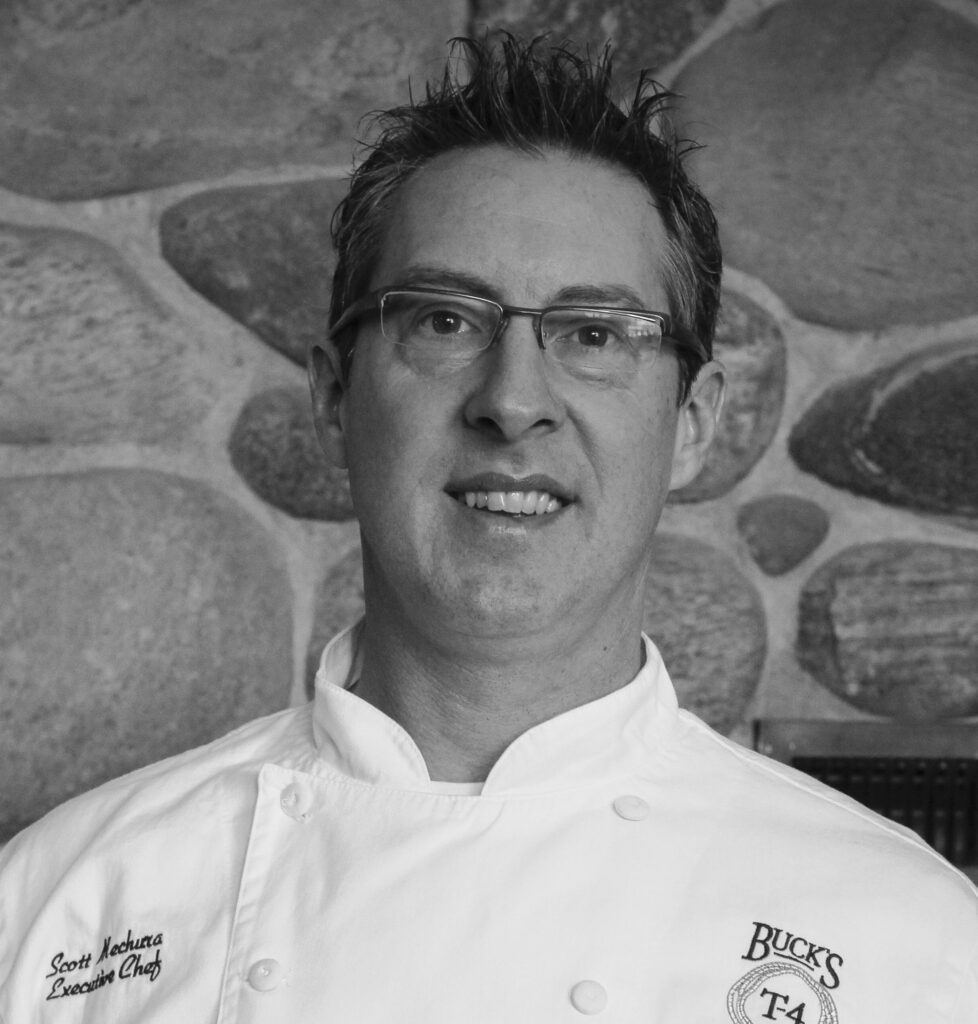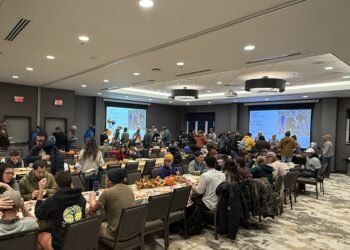
By Scott Mechura EBS Food Columnist
This column is part of series. Read part II and part III here.
From the safety and performance of our cars to the quality of materials we use to build homes, our lives have been made easier as time has progressed. It’s hard to imagine how men like Robert Peary and Frederick Cook reached the north pole without Gore-Tex.
Everything is easier, save for one advantage our grandparents had over us: They ate much better foods than we do.
By that, I mean that the foods they ate were proteins, vegetables starches and grains with nothing added. They had to deal with washing pesticides as do we, but beyond that, food was just better.
Sure, on the surface food quality has vastly improved as a whole, from wheat grass to healthy grains and pulses to wide use of avocado and coconut water. We know far more today than we did even 30 years ago about what, how and when to eat. But congruently, I continue to ask myself the same question.
When did eating become so difficult?
The answer, my answer, is this: We’ve altered or in some cases even ruined foods in our quest for health or convenience. In other words, the better we get, the worse we get.
Increasingly, foods are created in a test facility rather than grown, raised, harvested or picked. So, the added challenge is trying to figure out why a given food item was created in the first place. Is it even good for us? And what are the long-term effects on our bodies?
It all started with two major changes, both within about 10 years. One of these changes was political of all things, and the other agricultural.
Though several politicians, including a young congressman from California by the name of Richard Nixon, played their part in what became referred to as McCarthyism which began in the late 1940s and early 1950s, Joseph McCarthy, as the name suggests, was at the forefront of this movement in which tens of thousands of Americans were labeled as traitors and treasonous for their support of communism.
What does McCarthyism have to do with how we eat today? And how could these two things possibly intersect?
During this movement, the U.S. was gripped by a fear that the Russians were coming for us and that it was in our best interest to prepare ourselves accordingly. One way to do this was to build bomb shelters under our homes. In order to survive in a bomb shelter you needed provisions that would last.
And thus the widespread practice of sealing our food in tin cans began.
A few years later in 1957, a sugar alternative was created, with all the best intentions we are told, that would change our lives for decades to come, maybe forever. And this is not hyperbolic.
The product was high fructose corn syrup and today, it is in virtually every food that isn’t grown, harvested or raised.
Fast forward to today, and grocery stores are full of thousands upon thousands of products that either contain high fructose corn syrup or are in a can, and in some cases, both.
These two culprits kicked off the steady decline in the quality of our food, but they’re far from alone. Stay tuned for the next Amuse Bouche column, where the saga continues.
Scott Mechura has spent a life in the hospitality industry. He is an executive chef, former certified beer judge and currently the executive chef for Lone Mountain Ranch.














